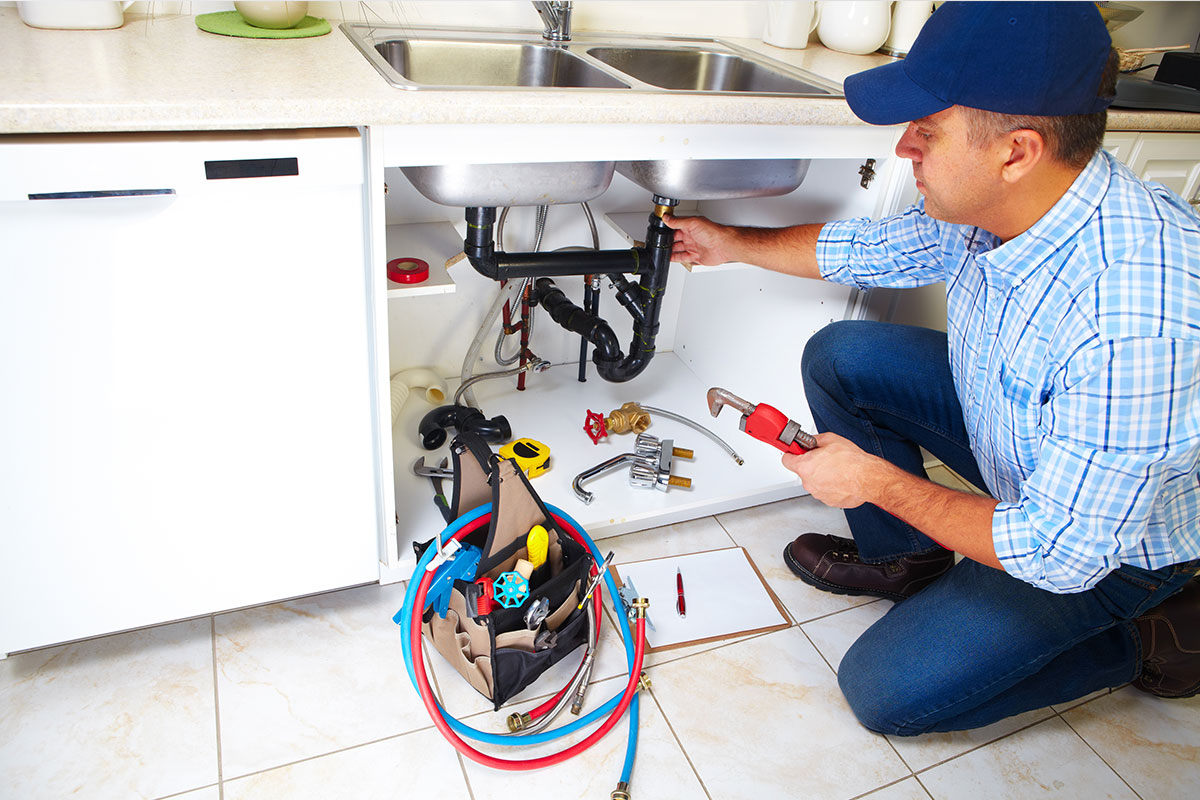Replacing old tiling can give a fresh look to your space. Here are some simple steps to guide you through the process:
Materials and Tools:
- New tiles
- Tile adhesive
- Grout
- Tile spacers
- Tile cutter or saw
- Pry bar
- Hammer
- Chisel
- Notched trowel
- Grout float
- Bucket
- Sponge
- Level
- Measuring tape
- Safety glasses and gloves
Steps:
-
Prepare the Work Area:
- Clear the area around the old tiles, removing any furniture or obstacles.
- Cover nearby surfaces and fixtures with plastic sheeting to protect them from dust and debris.
- Wear safety glasses and gloves to protect yourself.
-
Remove the Old Tiles:
- Use a pry bar and hammer to carefully remove the old tiles. Start at an edge or corner and work your way across.
- Be cautious not to damage the underlying wall or surface. If the tiles are set in cement backer board, you may need to remove that as well.
-
Clean and Prepare the Surface:
- After removing the old tiles, scrape off any remaining adhesive or grout from the surface.
- Repair any damaged areas and ensure the surface is clean, smooth, and level.
-
Measure and Plan:
- Measure the area to determine the number of new tiles needed.
- Plan the layout to ensure the tiles are evenly spaced and centered. Use tile spacers to maintain consistent gaps.
-
Apply Tile Adhesive:
- Mix tile adhesive according to the manufacturer’s instructions.
- Use a notched trowel to spread adhesive on a small section of the wall.
- Press the tiles firmly into the adhesive, using a slight twisting motion to ensure good contact.
- Continue applying adhesive and setting tiles one section at a time.
-
Cut Tiles as Needed:
- Measure and mark tiles that need to be cut to fit at the edges or corners.
- Use a tile cutter or saw to make precise cuts.
-
Grout the Tiles:
- Allow the adhesive to set for the recommended time (usually 24 hours).
- Mix grout according to the manufacturer’s instructions.
- Spread the grout over the tiles using a grout float, pressing it into the gaps.
- Wipe off excess grout with a damp sponge before it dries.
-
Finishing Touches:
- After the grout has cured (usually 24-48 hours), buff the tiles with a clean, dry cloth to remove any remaining haze.
- Seal the grout according to the manufacturer’s instructions to prevent staining and moisture penetration.
-
Clean Up:
- Remove any remaining plastic sheeting and clean the area thoroughly.
-
Enjoy Your New Tiles:
- Your newly tiled surface is now ready to use and enjoy.
Remember to follow the specific instructions provided by the tile and adhesive manufacturers, as there may be variations in products and techniques. If you’re unsure about any step in the process, consider consulting with a professional or seeking further guidance.




